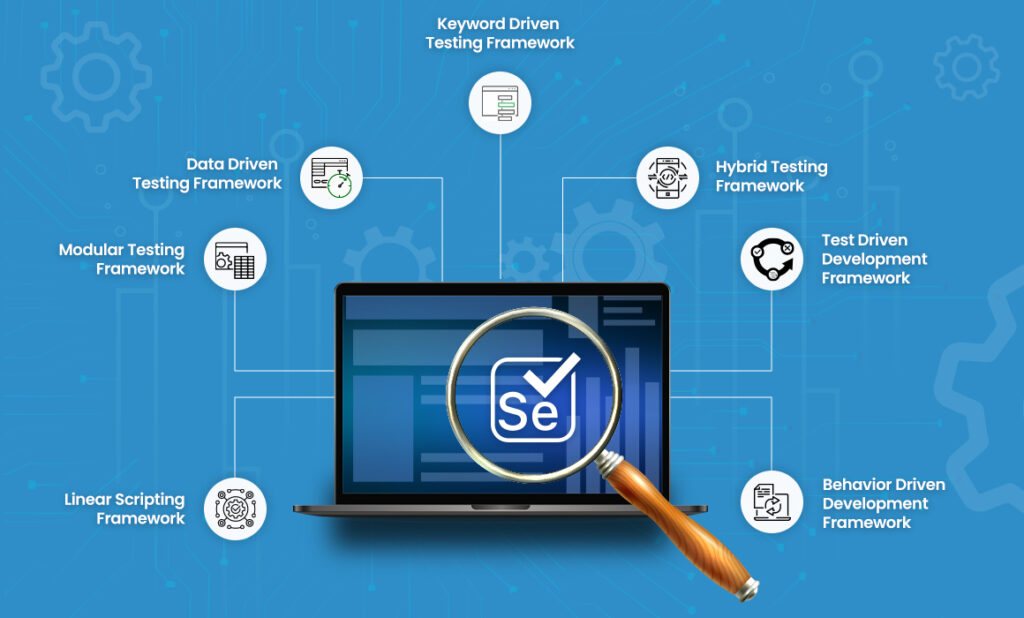You must comprehend your clients’ needs in order to constructively offer them valuable solution possibilities as a business analyst. It will be necessary to identify the true causes of the needs and tackle issues in a way that will promote change.
You have more than just gathering requirements to do. To ensure long lasting change, it is intended to elicit requirements. Clients frequently have the answer in mind when they request something. For instance, a client can ask for the process to include an additional step. There may be another method to address the underlying need if you dig deeper and try to identify what it is that motivates this request.
You can check out a good online QA training course for the concept of problem solving as a business analyst. But here are the major steps a business analyst takes in the process of solving business-related problems.
1.Defining the problem.
The definition of the problem is the initial stage in the strategy. At this point, it’s crucial to gather information, check its accuracy against other sources of information, and analyze the data at hand. The alternatives that may arise can be significantly impacted by how a problem is initially identified and subsequently characterized. By defining the issue, you may also specify the goals and objectives that alternate solutions should address. Identification of options, selection, and evaluation will be simpler the more fully developed the issue description is.
In this phase, common pitfalls include:
- Problem definitions that are either broad or too specific can affect the effectiveness of the solution. To provide a variety of options, analysts are urged to strike a balance between narrow and big range.
- It’s a common error in problem definition to place more emphasis on the symptoms than the underlying reasons. Of fact, subjectivity in symptom characterization frequently makes this error inevitable. Many strategies, like the “5 Whys,” can assist in avoiding this trap.
- When choosing the proper problem, we must take a systemic approach and pick the one that is most likely to be partially solved by another problem, even though there may be parallel problems. Since there is frequently a connection between seemingly unrelated issues, systemic thinking is crucial.
2.Search for alternative Solutions.
The analyst should begin looking for potential solutions with the technical team as soon as the issue has been identified.
The project scope, the overall business needs, and the technological viability must all be taken into consideration when choosing a solution. Options for solutions must be viable in the eyes of the stakeholders and practical from a business and technical perspective.
Making hasty decisions over an alternative in this step is a common error. Time constraints and other factors frequently cause this to occur. An alternative does not become the best choice just because it seems practical. It might not be as effective as alternatives that would emerge if given enough time at this point, or it might have negative side effects.
Involving important stakeholders in discussions about developing various solutions is one technique to reduce the inaccuracy of the incomplete “pool of choices.” It is an effective technique to present many viewpoints and contribute to various solution choices. It is also an effective technique to present many viewpoints and contribute to various solution choices.
3.Identify the best solution.
Every solution alternative must be evaluated in comparison to the other solutions. The business analysts choose the comparison criteria in consultation with the important stakeholders.
Each alternative for a solution is typically given a cost-benefit analysis to weigh the benefits against the costs. The execution of a solution, however, may result in indirect benefits or costs if the complete benefits or costs cannot always be quantified. Therefore, it is not a good idea to compare various solutions only based on a cost-benefit analysis because it is difficult to consider all costs and advantages and assign a value to them.
A business analyst is aware of the cognitive constraints on how humans can comprehend information and the challenges involved in choosing the best course of action. It is important to remember that adopting a setting with restricted rationality is the best option. As the boundaries of the decision-making process are established by the context and the information at hand, a restricted rationality environment is produced.
Conclusion
In all facets of business, from people issues to technical issues and from short-term to long-term issues, problem solving is essential. Additionally, solving problems requires the use of two very distinct, possibly incompatible mental processes: creativity and decision-making.
A business analyst must always work to enhance their problem-solving abilities by putting helpful strategies and approaches into practice and monitoring the results. To master your problem solving skills as a business analyst, you can enroll at a good online training platform. There are good platforms that offer online business analysis certification courses on problem solving.





























